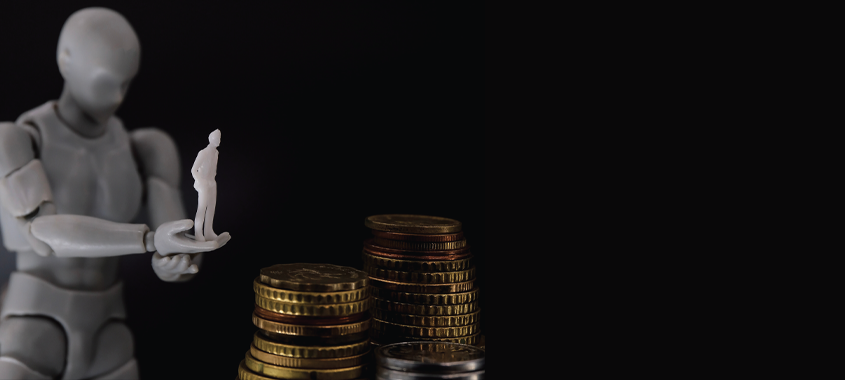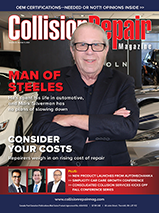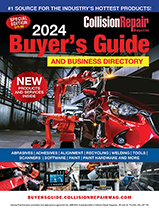CRASH COURSE IN AI
ROBOTS ARE ON THE HORIZON, BUT THEY’RE NOT TAKING YOUR JOBS
By Max Reid
In his 1950 collection of “I, Robot” short stories, Isaac Asmiiov wrote “you just can’t differentiate between a robot and the very best of humans,” and that thought is quickly turning into reality, according to Hod Lipson, professor of engineering and data science at Columbia University, and featured speaker at Fix Network’s 2022 National Conference.
The world-renowned roboticist and autonomous vehicle expert took the stage in Quebec City on the conference’s opening day with a presentation on how “robotics changed the industry once,” and how “it will change it again,” according to Lipson. He says that in just the past 10 years, artificial intelligence and machine learning has progressed to the point where modern ADAS technology has surpassed human levels of split-second object recognition.
Lipson says that the human ability to correctly identify a stationary object at first glance is about 95 percent accurate, and that figure has been the threshold to overcome for AI performance. A decade ago, AI operated at an average accuracy of 75 percent—which Lipson points out is effective in operating some basic safety features, while being limited in complexity.
“We have had cameras and computers in cars for decades now, that has not changed, but no one had software that could tell the difference between a motorcycle and a bicycle—things that we humans do without even thinking about it,” he said. Lipson explained that there are essentially two methods to governing an artificial intelligence; either through a rule-based system where the AI is instructed, for example, that “this part is damaged,” or “this part is not damaged,” based on set definitions of damage.
On the other hand, machine learning-based AIs are provided with data relating to all of the types of damage and their effects on a certain part, so the AI can then adapt to scenarios that it has learned to recognize as damage. He says that the automotive industry has, since about 2015, come to embrace machine learning technology as the likely method of making AVs a functioning part of the transportation ecosystem.
Major automakers now make use of technology like the open-source DeepLearning software to enhance their ADAS features with current, real-world traffic data that helps machine learning-based AIs continually improve their performance. “These autonomous vehicles are driven by a new kind of artificial intelligence—an AI that, for the first time in the history of AI, can understand what it sees. Vehicles are now able to understand the difference between a pothole and a puddle,” said Lipson.
When people who work with their hands hear mention of robots and AI, they often take a defensive step back at the mere thought of a machine replacing them and the skills they have worked to develop, but Lipson also wanted to reassure repairers that they have nothing to fear from their computer-based co-workers for the foreseeable future.
“There is a misconception around what AI and robots are good for,” he said. “I believe that it would be very difficult to automate an auto repair. An AI could drive your car tomorrow, but when it breaks down there will be a human crawling around fixing it. There is no way a robot can do it, it is so unstructured and difficult and we are so far away from the physical dexterity that humans have when they are fixing things. I think those jobs are going to remain for a long time.”
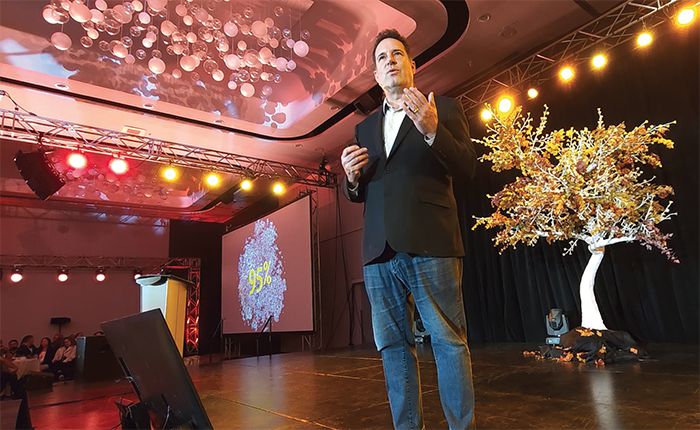
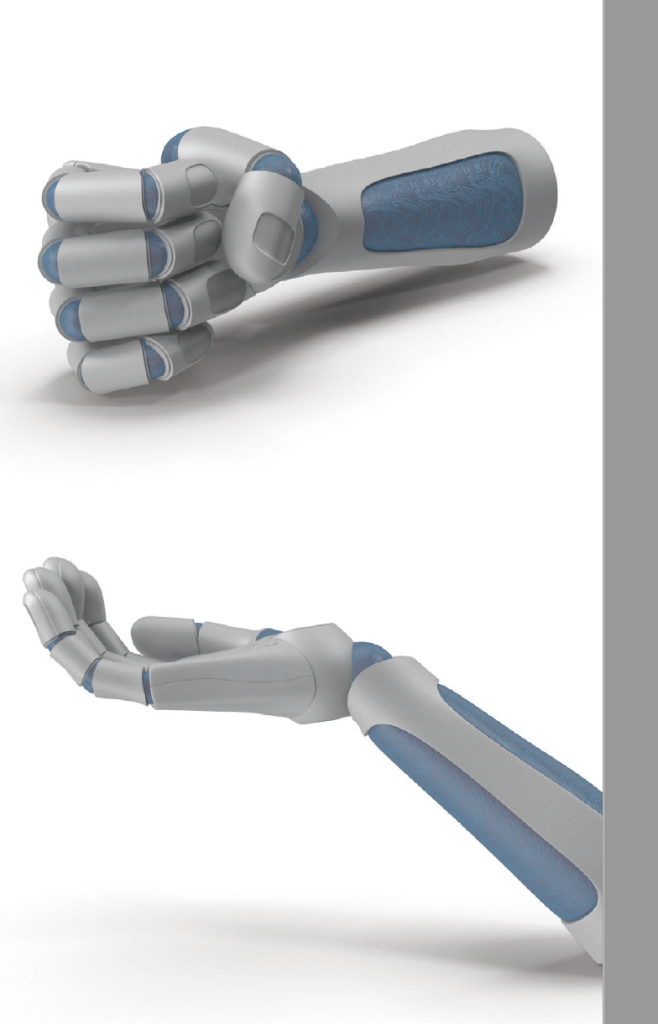
“Autonomous vehicles are driven by a new kind of artificial intelligence—an AI that, for the first time in the history of AI, can understand what it sees.” – Hod Lipson, professor of engineering and data science | Columbia University




